Researchers examining the Subantarctic Islands to understand early Polynesian voyages
Photo:. A team of 11, led by Dr Matiu Prebble and Ngai Tahu are examining the area to uncover the unknowns of early Polynesian settlements in the Subantarctic Islands. C: University of Canterbury
Dr Matiu Prebble, an environmental scientist at the University of Canterbury, has been co-leading research to unearth the unknowns of early Polynesian settlement in the Subantarctic Islands, primarily on Auckland Island.
The scientist claims that understanding the activities of early Polynesian voyagers on those islands and their cultural heritage will help them "understand the broader questions related to our ancestors."
Dr Prebble, along with the Ngāi Tahu - the principal Maori tribe of the South Island of New Zealand - leads a team of archaeologists, researchers, students and colleagues from the University of Auckland and the Department of Conservation. The team of 11 visited the islands to learn more about the nature of the early travels.
The researchers were particularly interested in understanding whether people visited the islands repeatedly or only during certain times of the year, such as when sea lions were abundant.
Dr Prebble says the last research on early Maori exploration was 20 years ago, and today, we have more technology to help with site monitoring, mapping, collecting samples, and excavations.
The researcher also adds that once they finish 3D-mapping the earth ovens, they will excavate and reconstruct them for a display. This is necessary because the rāpoka sea lion and hoiho yellow-eyed penguin populations in the area are damaging the archaeological site.
According to Dr Prebbel, the samples of bird bones, shells, charcoal, stones, and soil analysed at UC helped researchers identify "worked stone and bones, including the manufacture of bone sewing needles, for clothing manufacture."




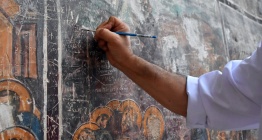
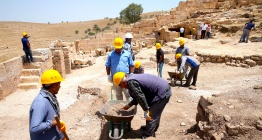

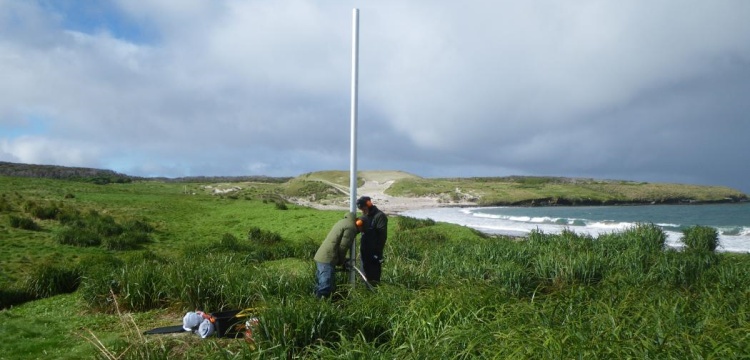
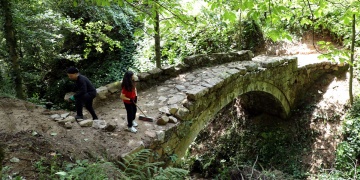 Ressam Serdar Abay, tarihi kemer köprüdeki yabani otları kızıyla temizledi
Ressam Serdar Abay, tarihi kemer köprüdeki yabani otları kızıyla temizledi 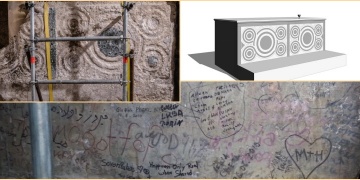 Archaeologists have discoveried a crusader altar in the Church of the Holy Sepulchre
Archaeologists have discoveried a crusader altar in the Church of the Holy Sepulchre 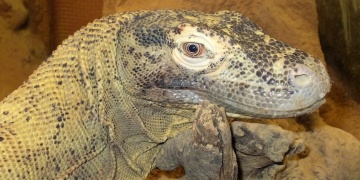 Komodo ejderinin demir dişli olduğu anlaşıldı
Komodo ejderinin demir dişli olduğu anlaşıldı 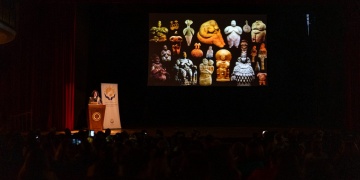 Doğa Taşlardan, Anadolu Tanrıçaları'ndan sonra Anadolu Bacılarının öykülerini anlatacak
Doğa Taşlardan, Anadolu Tanrıçaları'ndan sonra Anadolu Bacılarının öykülerini anlatacak 




